Harlin explores the “peopled landscape”
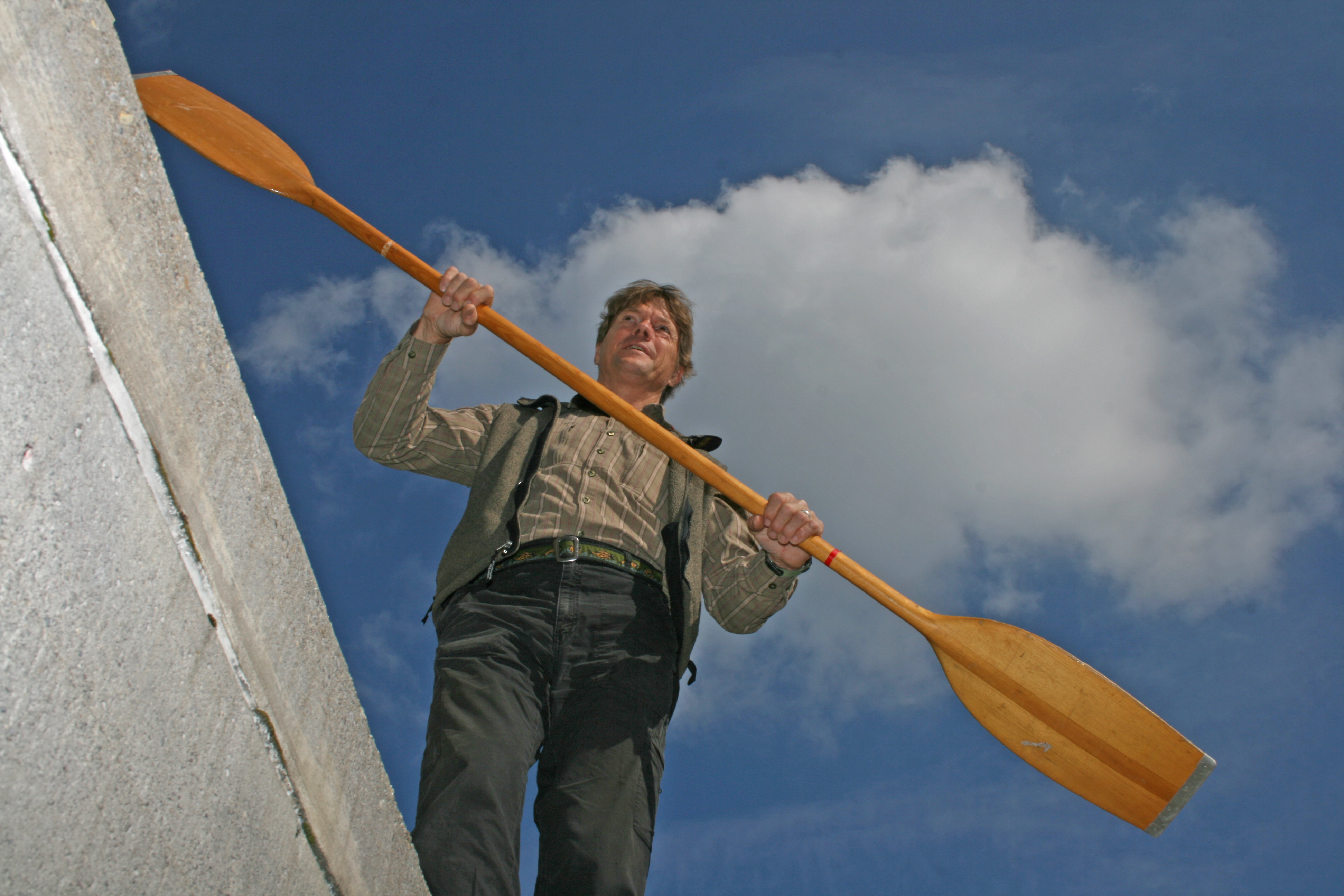
His broken bones barely healed, John Harlin III is making waves again, back in Switzerland to paddle, bike and climb its 2,000km-long border.
Using the latest technology including GPS and Google Maps as well as integrating Facebook and Twitter, swissinfo.ch is providing Harlin with a digital diary to tell the story of his journey along the rivers and ridges that form the frontier.
Stage two of the adventure begins at a point on the Rhine River where Lilliputian Liechtenstein nudges Switzerland.
But before the American writer and adventurer can get his paddle wet, there are a few days to reflect on his border obsession, finalise the route and speak to managers of one of the world’s largest reinsurers about the risks of such an undertaking.
It has been only three months since Harlin abruptly interrupted his first attempt to circumnavigate the alpine nation. The end came on a steep slope of loose rock on Switzerland’s southern border with France.
“When I held the top of the two-meter sliver of granite, the whole thing slid out from under me,” Harlin wrote in his swissinfo.ch diary about the frightening moment. “…suddenly we were dropping together and I was upside down, bouncing, sliding, airborne…it was a long fall before I realized it would be a longer fall. It just kept going.”
The rope held, the climber came to his senses and quickly knew that his injuries would not let him down the mountain under his own steam. After calling for a helicopter to airlift him out he alerted his online community of fans, breaking the news of his own misfortune.
“I called the rescue and was sitting there waiting, so I took a picture of myself. I wasn’t aware of how quickly it posted. It was just boom and it was immediately online.”
Images of the bruised climber, the airlift and the x-rays of his broken feet solicited an outpouring of sympathy and encouragement from swissinfo.ch readers and Facebook followers.
Plan B
While still in hospital, Harlin was already drawing up plan B: He would complete the journey in two parts as soon as his feet healed. First stage – return in the autumn of 2010 to kayak most of Switzerland’s northern border and bike its western frontier. And in the summer of 2011, resume the mountain challenge.
Back in Switzerland after recuperating at his family home in Oregon, Harlin scouts the next section of his route, using 1:25,000 scale maps and Google Earth. His advisor is Roland Baumgartner, a friend and geographer with the Swiss national tourist office.
Baumgartner draws a red line on the digital version of the maps that John will follow, first by kayak, and then on bike where the border departs from the Rhine and cuts deep into Germany before returning to the waterway.
The challenges this autumn will be different. There will be no mountain problems to solve but an age-old riddle: “When is a people a nation, a border a boundary?” These are the questions that gave rise to Harlin’s border odyssey.
Big physical adventures
“A big part of the adventure will be doing interviews and making encounters with people along the way. I’m not used to doing that. I have a lifetime of big physical adventures that are about the environment and me, not the peopled landscape that I’m going through. So it’ll be a new thing for me to explore that.”
Only a couple days before Harlin resumes the journey, he is invited to speak to a group of executives from the Risk Management division of the world’s second largest reinsurer, Swiss Re.
They want to know how the editor of the American Alpine Journal and star of the IMAX film, The Alps, “manages the risks” when climbing the Eiger North Face, attempting a new route on a peak in Canada’s Coast Range or in the Tibetan Himalayas.
“A business wants to achieve better growth in the same way that a climber may want to reach a significant peak,” says Elizabeth Wesson, director Risk Management at Swiss Re, who invited Harlin.
Research the risks
“We will do a lot of research about the risks before we take them on our books,” she says. “In a lot of ways it’s similar to the process that a climber would go through in the sense that he has a peak he wants to summit, but in order to achieve that lofty goal, he has to put risk management techniques into place.”
Dramatic images of the mountaineer on vertical faces, or skiing across Andean glaciers are accompanied by shots of his tools of the trade – ropes, anchors, slings, and crampons – and explanations of the importance of knowing how to read the weather and terrain.
Harlin says that experienced mountaineers who suffer accidents are often guilty of misjudgement or are so anxious to meet the expectations of others that they take unnecessary risks. Two causes he admits may have led to his mishap in July.
He also reveals what drives him to take on such challenges as exploring the entire length of the Swiss border, with its mountains, rivers and ridges.
“What’s the point of starting out if you know you’re going to reach your goals,” he says, quoting from 20th century British mountaineer and explorer, Bill Tilman.
American climber and writer John Harlin resumes his Border Stories adventure on October 4 after a mountaineering accident in July left him with two broken feet.
swissinfo.ch will follow the new chapters of Harlin’s adventure in two installments.
First, in Rivers and Ridges, Harlin will paddle the Rhine, walk around Schaffhausen, and hike and bike the crest of the Jura. He will return to the Alps in 2011.

In compliance with the JTI standards
More: SWI swissinfo.ch certified by the Journalism Trust Initiative

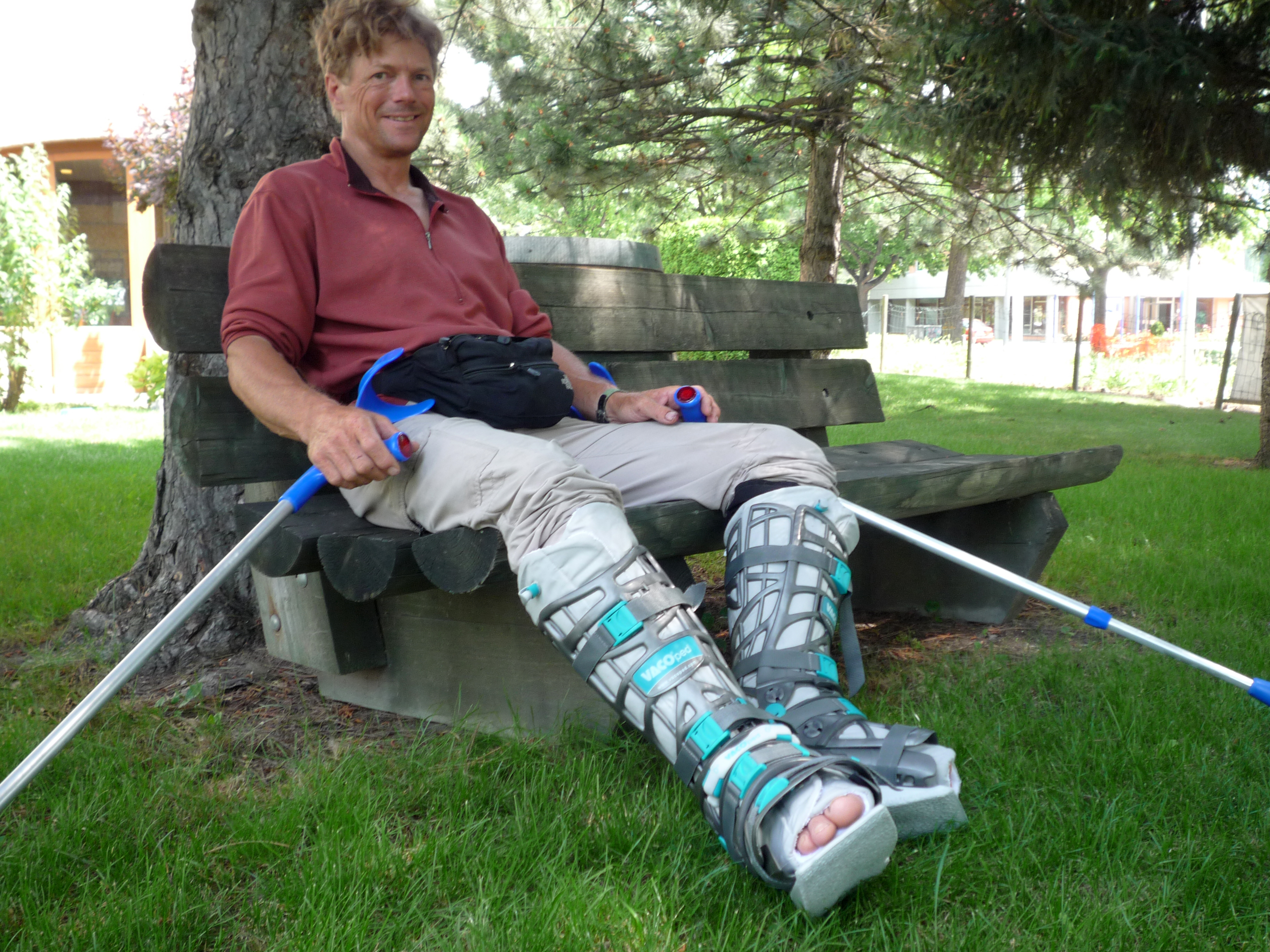
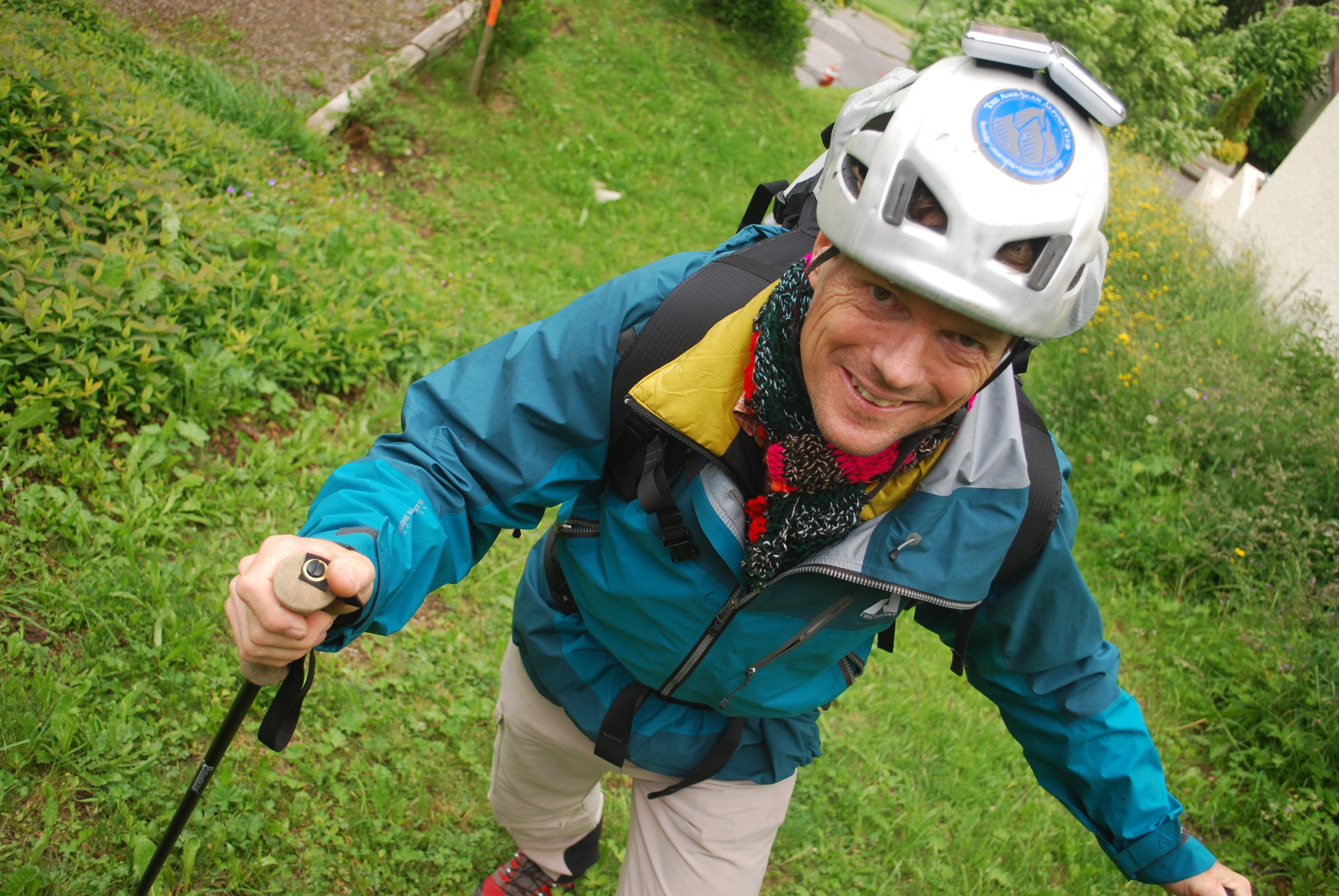
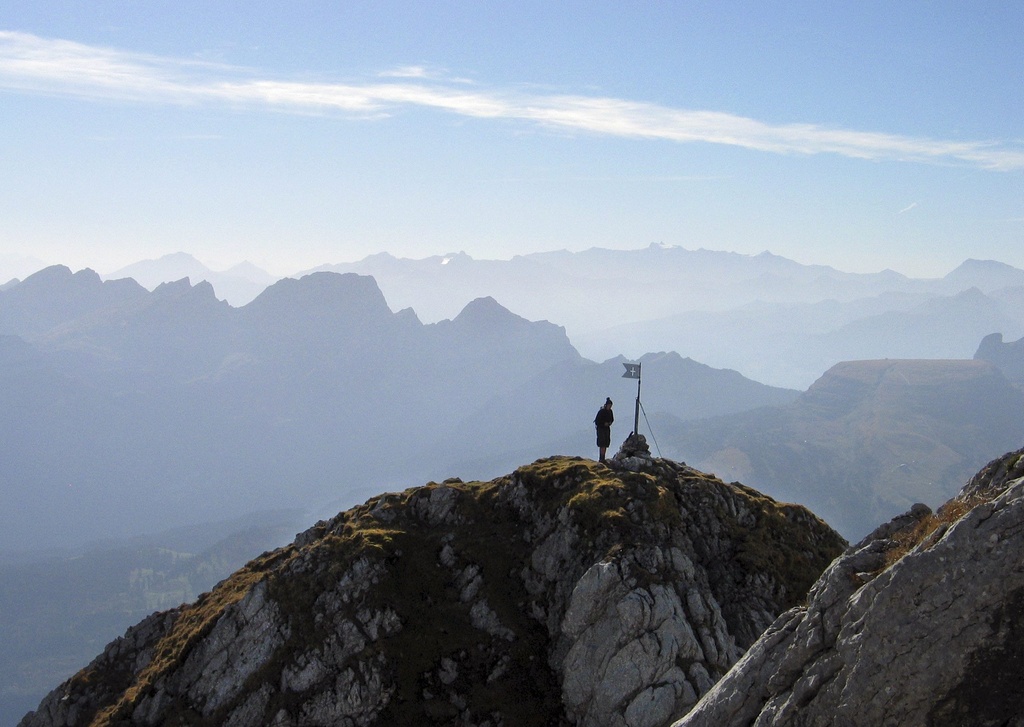
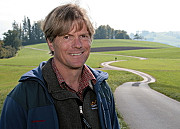
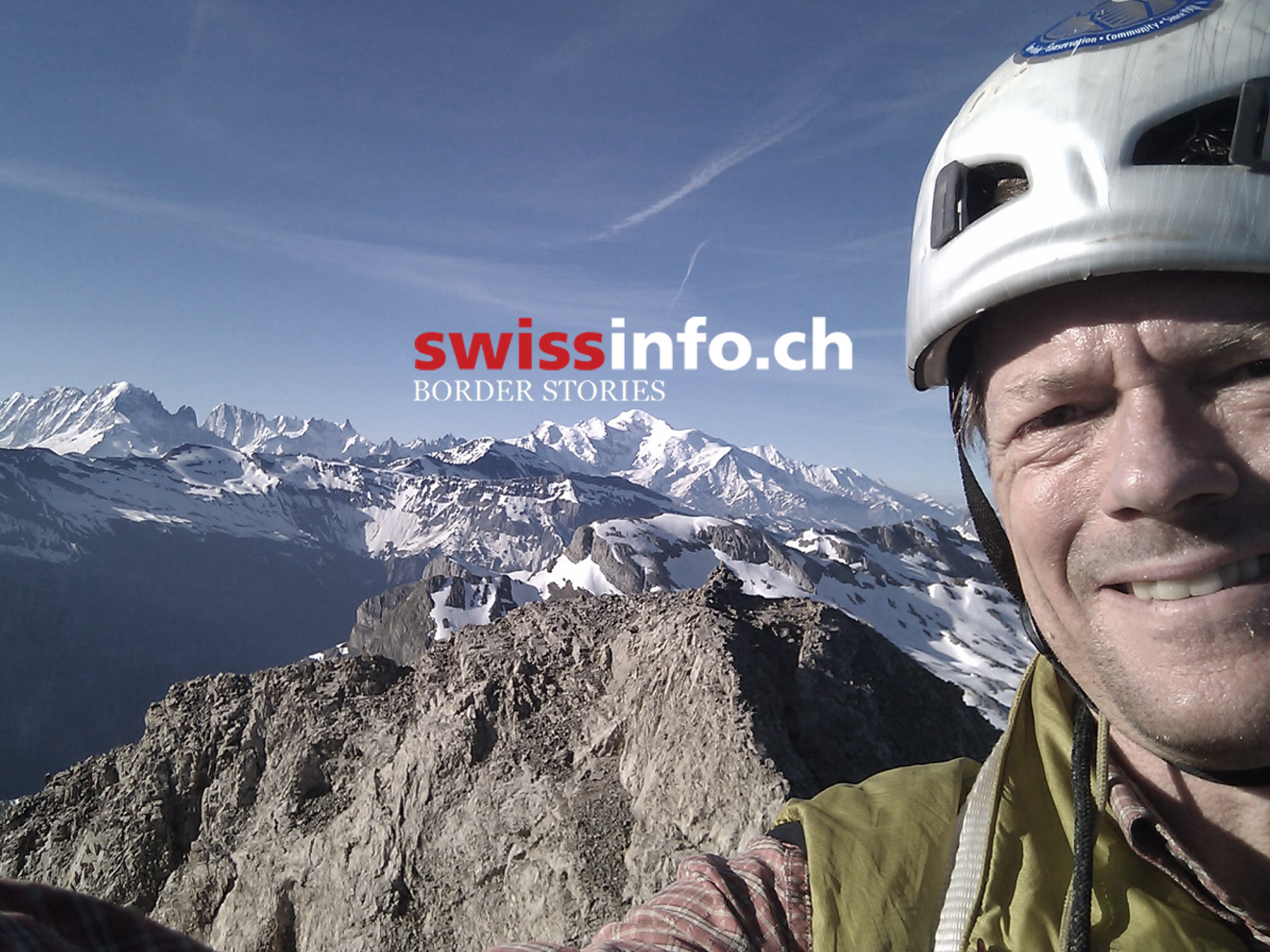
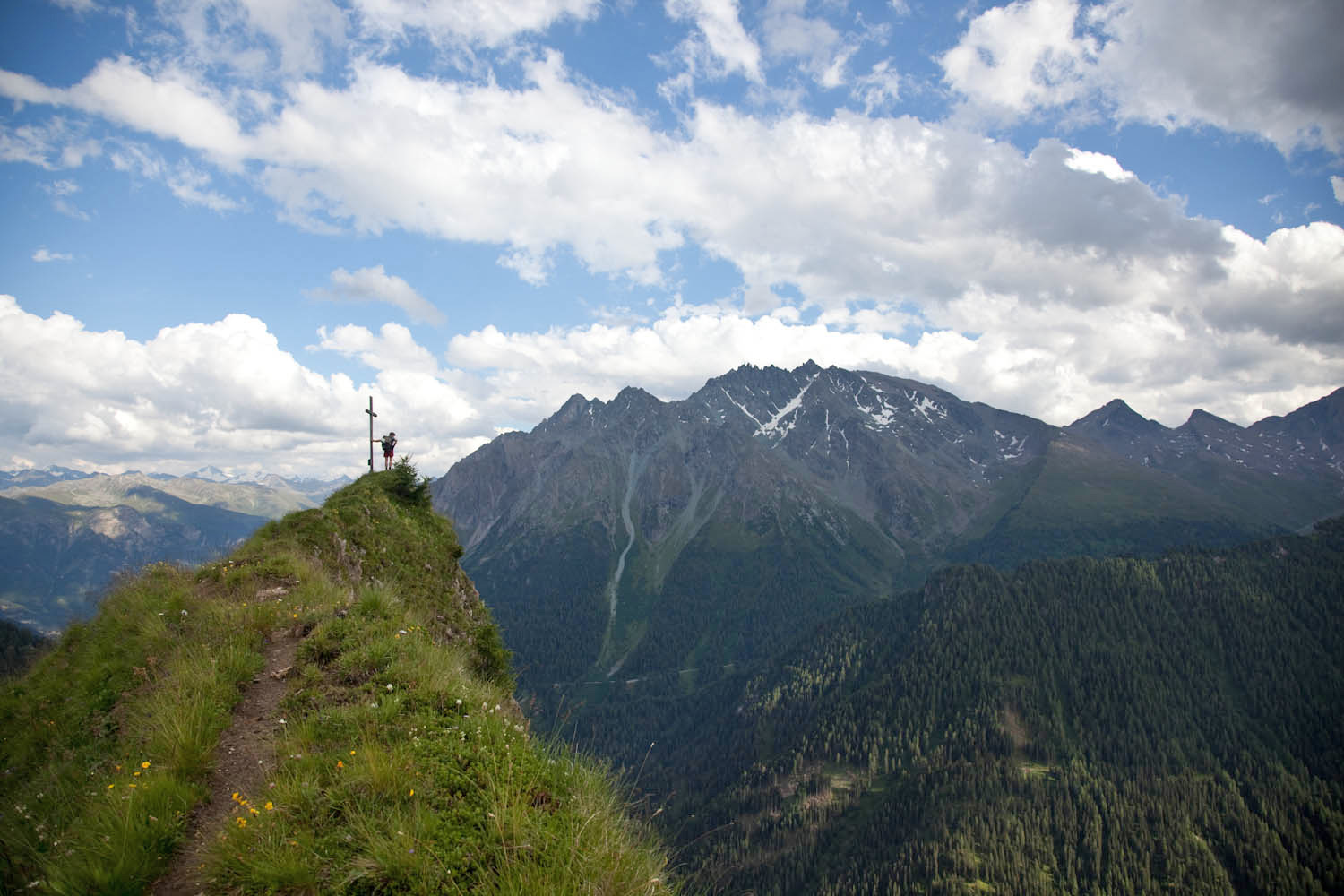
You can find an overview of ongoing debates with our journalists here. Please join us!
If you want to start a conversation about a topic raised in this article or want to report factual errors, email us at english@swissinfo.ch.